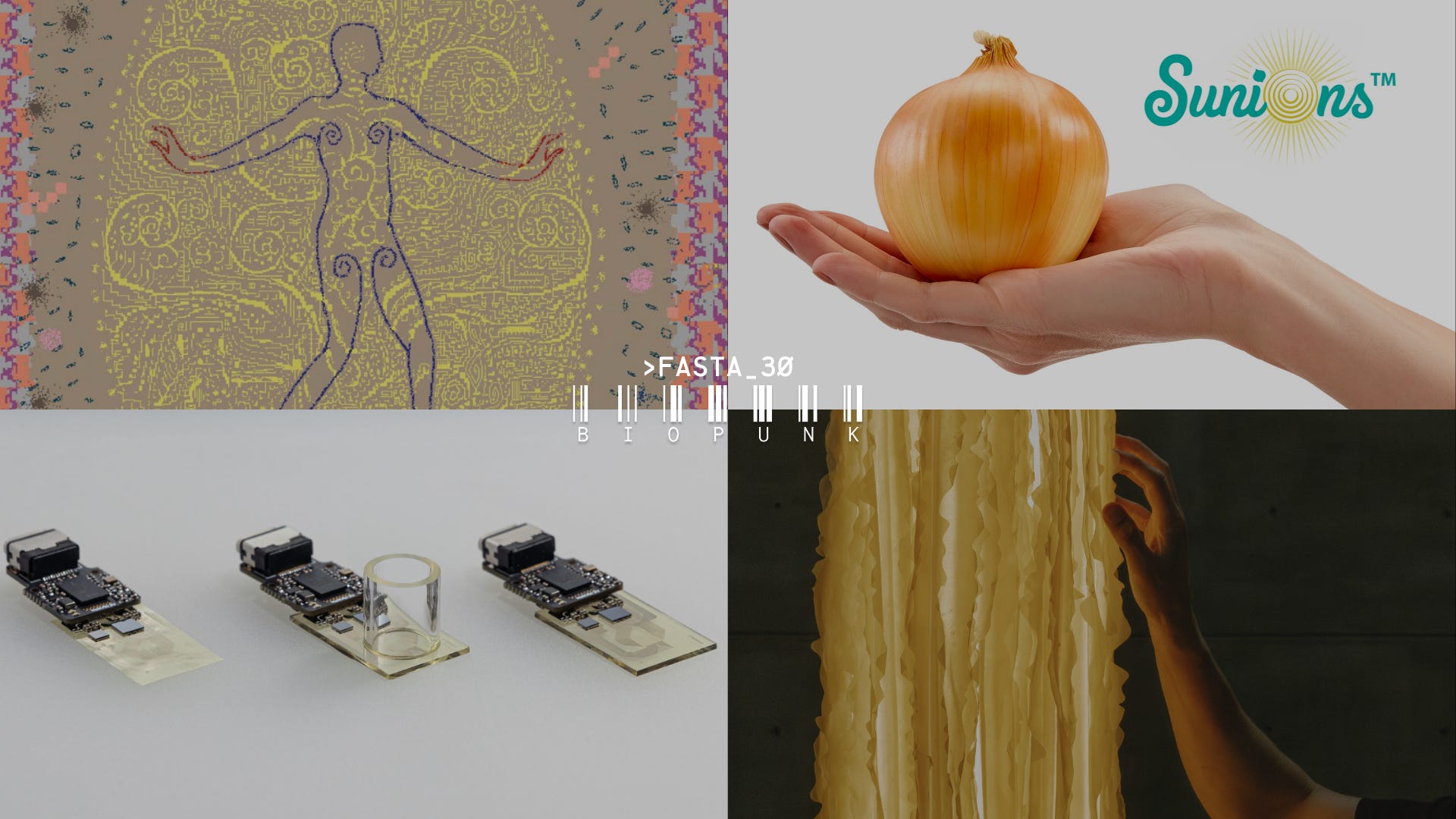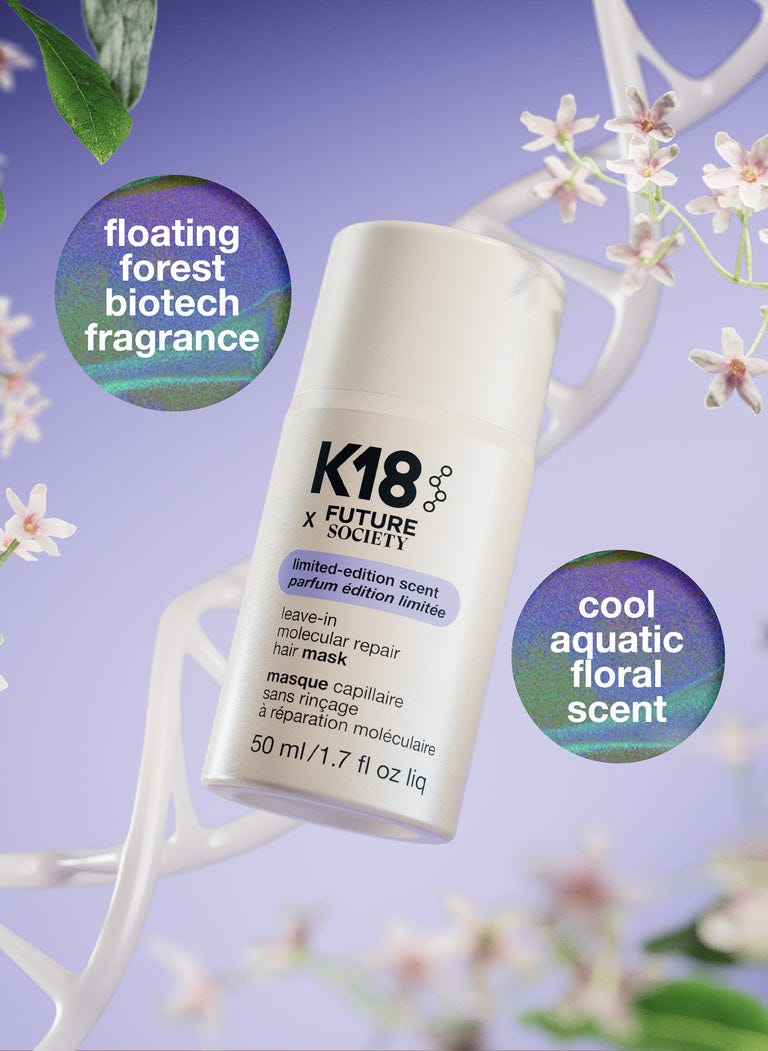>FASTA_30
BCI glasses; K18 x Future Society; Update on Google’s Calico; BIOINT; Ansa Biotechnologies; Human Immunome Project; Science Corporation; Polybion's biomade lamp; Tearless onions; Designer babies
>FASTA: weekly short reads of the global biotech ecosystem | Papers and patents, acquisitions and bankruptcies, biotech philosophy | Read in under 5 min | Follow on LinkedIn, X, YouTube, and Instagram | Versión en Español
Pilgrim is proud to sponsor >FASTA! They’re building the next generation of military medicine for rapid wound healing and pathogen detection—advancing solutions from frontline emergencies to everyday healthcare.
1. BCI glasses are the next iPhone
Cognixion is launching a clinical trial to allow 10 paralyzed patients with speech disorders to communicate through their BCI integrated with the Apple Vision Pro. The BCI uses six EEG sensors to collect brain signals, and the headset allows for AI-generated suggestions, eye tracking or head movement commands.
Like Synchron, Cognixion will be using Apple’s new BCI protocol. Since Apple is developing AirPods with BCIs and AR glasses similar to Meta’s, I wouldn’t be surprised if low-resolution BCI glasses are also in their pipeline for the next 5-10 years.
On a philosophical note, I think it’s important to keep in mind how much autonomy each kind of technology can actually give us in the long term. BCIs will reduce communication burdens, but where are the gene cures?
2. K18 x Future Society
K18’s peptides have bonded with Future Society’s extinct rainforest tree fragrance in a limited edition hair mask! The patented K18PEPTIDE™ can repair multiple types of bonds in hair, while the Floating Forest scent was inspired by an extinct rainforest tree once found only in Borneo.
Future Society started as a Ginkgo Bioworks project led by Christina Agapakis. The scientists collaborated with the Harvard Herbarium to sequence the DNA of six extinct flower species, and expressed their sesquiterpene synthase genes in yeast to recreate their ancestral scent.
Though making fragrances through genetic engineering is not economically viable yet, the company now led by Jasmina Aganovic worked with professional perfumers to replicate the individual scent molecules and their products can now be found in 46 retail locations across the US.
For its part, K18 started with Portuguese research in 2016, turned into a company in 2020 and was acquired by Unilever in 2023. The brand is now available in over 90 countries, and their biotech is now used in hair products, which may help their new partners expand brand awareness among both consumers and beauty brands.
3. Update on Google’s Calico
Keep reading with a 7-day free trial
Subscribe to Biopunk to keep reading this post and get 7 days of free access to the full post archives.






